Canadian Rockies Summer Destination Guide
Welcome to the ultimate guide for your Canadian Rockies adventure! Discover awe-inspiring mountains, pristine lakes, and unforgettable experiences in one of North America's most spectacular regions.
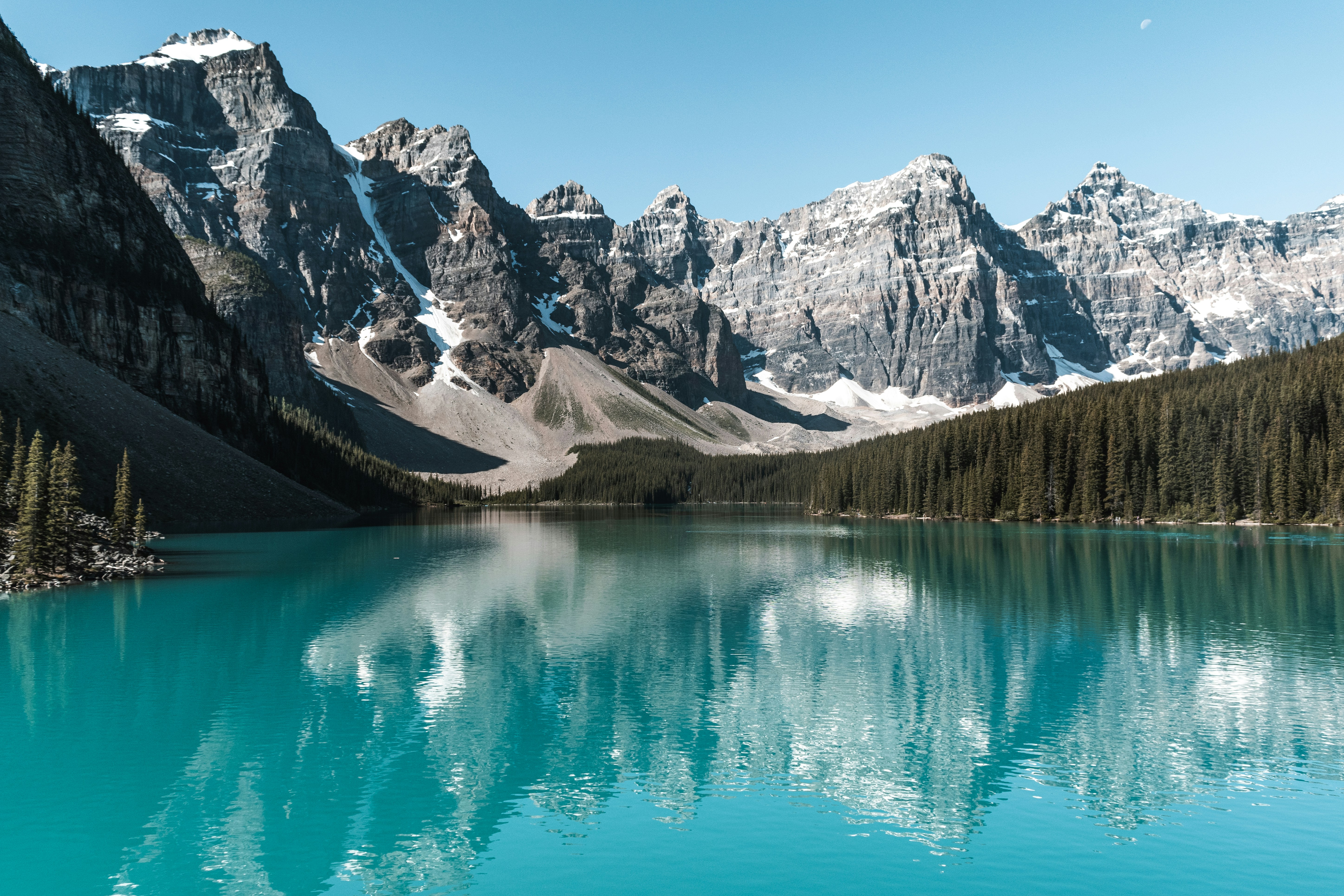
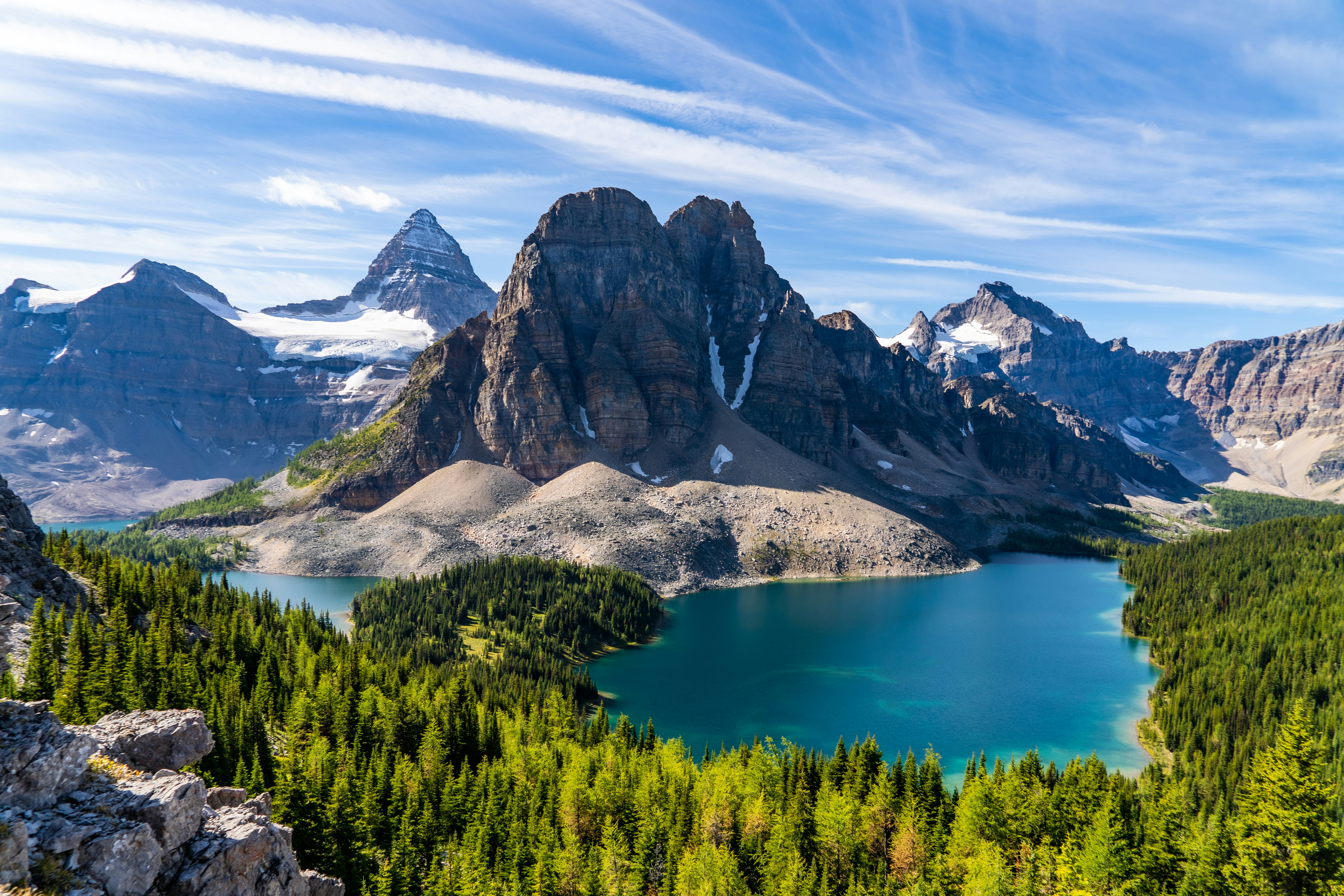
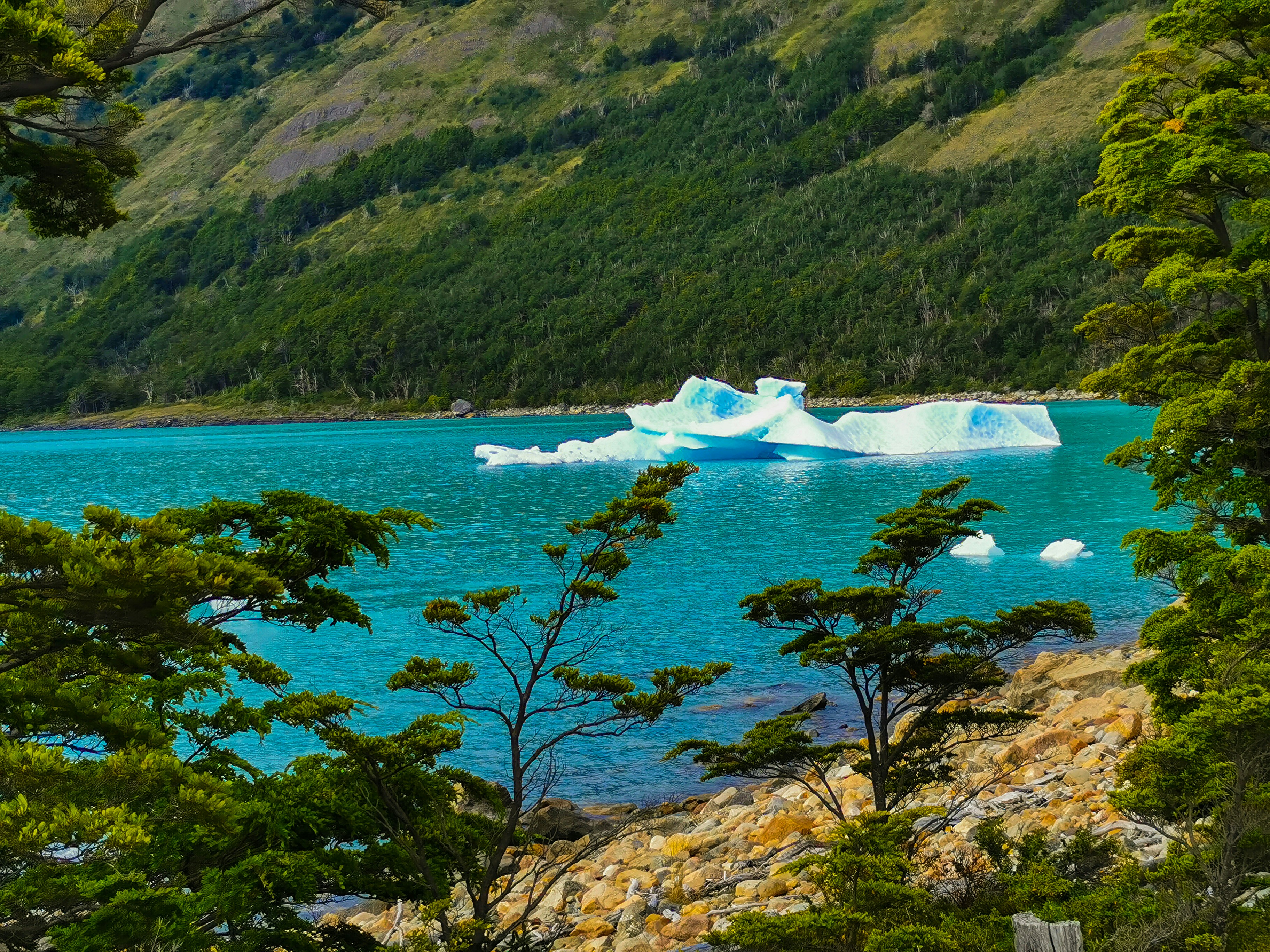
Location
Alberta & British Columbia, Canada
Best Time to Visit
June to September
Currency
Canadian Dollar (CAD)
Time Zone
Mountain Time (GMT-7/GMT-6)
Highest Peak
Mount Robson (3,954m)
Recommended Stay
5-14 days
Before You Travel to the Canadian Rockies
Essential information to prepare for your Canadian Rockies adventure
Getting There
- Major Airports: Calgary International (YYC)
- Distance: Calgary to Banff is 127km (1.5 hour drive)
- Shuttle Services: Available from both airports to major towns
When to Visit
- Summer (June-August): Peak season, warm days, all attractions open
- Fall (September-October): Fewer crowds, beautiful foliage, cooler temperatures
- Winter (November-April): Skiing season, snow activities, some road closures
- Spring (May): Melting snow, some trails muddy, lower rates
Entry Requirements
- Park Pass [Included on our trips]: Required for all national parks (purchase at entry gates)
- Passport: Required for international visitors
- eTA: Electronic Travel Authorization required for visa-exempt visitors
Navigation & Connectivity
- Cell Coverage: Good in towns, limited in remote areas
- Wi-Fi: Available in most accommodations and some visitor centers
- Maps: Download offline maps before heading to remote areas
- GPS: Reliable in most areas, but carry paper maps as backup
Camping & Accommodations
- Tents Provided: Tents will be 3-person camping tents, measuring 7x7, double occupancy
- Single Tents: Not allowed unless odd number of travelers or gender matching concerns
- Tent Limit: Maximum 14 tents per group, regardless of sharing
- Own Tent: Rarely allowed; requires an additional fee and special approval
Campsite Amenities
- Showers: Available and free (hot water)
- Power Outlets: Available in campground bathrooms
- Camp Stores: Not available
- Laundry: Not available
- Quiet Hours: 11 PM–7 AM (no alcohol/cannabis consumption allowed)
Hiking Information
- Difficulty: Moderate; ability to hike 5–6 hours with breaks
- Guides: 1–2 guides per group (also drivers and cooks)
- Group Splitting: With 2 guides, may split into easier/harder hike groups
- Safety: Travelers cannot leave hikes alone; protocols must be followed
Travel & Transfers
- Arrival Transfers: Between 1-3 PM; meet at Banff Airporter desk (YYC)
- Flight Delays: Guides wait up to 1 hour after transfer time
- Missed Transfers: Book own shuttle/taxi at own cost (Banff Airporter recommended, cost varies)
- Self-Driving: Not permitted
- Need help searching for a flight? We recommend Skyscanner.com to compare different routes and rates. Click here to search!
Packing List for the Canadian Rockies
Essential items for your Canadian Rockies adventure
Pack layers and be prepared for changing weather conditions, especially in mountain regions
Gear Provided By Your Tour
- Sleeping pads: Self-inflating, 1.5 inches thick (sleeping bags and pillows not provided)
- Camping chairs: Provided (some); picnic tables also available
- Utensils and dishes: Provided for meals
- Snacks: Granola bars, fruits, nuts, crackers, trail mix
- Crampons: Provided when needed for glacier hikes
edde
Clothing
- Waterproof/windproof jacket
- Insulating mid-layer (fleece or down)
- Moisture-wicking base layers
- Convertible hiking pants
- Quick-dry shirts/t-shirts
- Warm hat and sun hat
- Gloves (even in summer for high elevations)
- Hiking socks (several pairs)
- Sturdy hiking boots or trail runners (Vibram soles recommended)
- Casual clothes for evenings
- Swimwear (for hot springs or lakes)
- Rain pants
Gear & Equipment
- Day pack (20-30L)
- Hydration system or water bottles (min 2L)
- Trekking poles (not provided, bring your own)
- Headlamp or flashlight
- Bear spray (available locally)
- Binoculars for wildlife viewing
- Camera and extra batteries/memory
- Portable charger
- Waterproof stuff sacks
- Pocket knife or multi-tool
- Lightweight camping chair (for picnics)
- Sleeping bag (not provided)
Personal Items
- Sunscreen (minimum SPF 30)
- Lip balm with SPF
- Insect repellent
- Hand sanitizer
- First aid kit
- Prescription medications
- Toiletries
- Quick-dry towel
- Sunglasses with UV protection
- Reusable water bottle
- Travel pillow (not provided)
- Sleep mask and earplugs
Documents & Essentials
- Passport & travel documents
- Travel insurance information
- Driver's license (for car rentals)
- Credit/debit cards
- Canadian currency
- Trail maps or guidebooks
- Emergency contact information
- Phone & charger
- Day bag for essentials
Special Activity Gear
River Rafting:
- Suit sizes available: 2XS to 4XL
- Wetsuits and gear provided
- Bring your own swimsuit, towel, and warm underlayers (no cotton)
Seasonal Considerations
Summer (June-August): Pack insect repellent, sun protection, and light layers. Even in summer, mountain evenings can be cool, so bring a warm jacket and hat.
Fall (September-October): More warm layers, gloves, winter hat, and potentially microspikes for early snow on trails.
Winter (November-April): Full winter gear including insulated boots, snow pants, heavy jacket, thermal layers, and winter accessories. Snow chains for vehicles may be required on mountain passes.
The National Parks
Explore the magnificent national parks that make up the Canadian Rockies
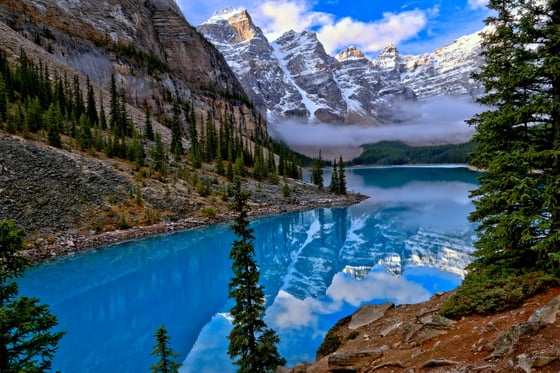
Banff National Park
Canada's oldest national park and the crown jewel of the Canadian Rockies. Banff offers spectacular mountain scenery, turquoise lakes, abundant wildlife, and world-class facilities.
Key Attractions:
- Lake Louise & Moraine Lake
- Johnston Canyon
- Banff Gondola & Sulphur Mountain
- Vermilion Lakes
- Lake Minnewanka Scenic Drive
Tip: Arrive at popular sites like Moraine Lake before 6am to secure parking, especially during peak summer months.
Jasper National Park
The largest national park in the Canadian Rockies, Jasper is wilder and less crowded than Banff. It's home to stunning glaciers, powerful waterfalls, and some of the best wildlife viewing opportunities in the Rockies.
Key Attractions:
- Athabasca Glacier & Skywalk
- Maligne Lake & Spirit Island
- Athabasca Falls
- Sunwapta Falls
- Pyramid & Patricia Lakes
Tip: Jasper is a designated Dark Sky Preserve - plan to stay up late for incredible stargazing opportunities.
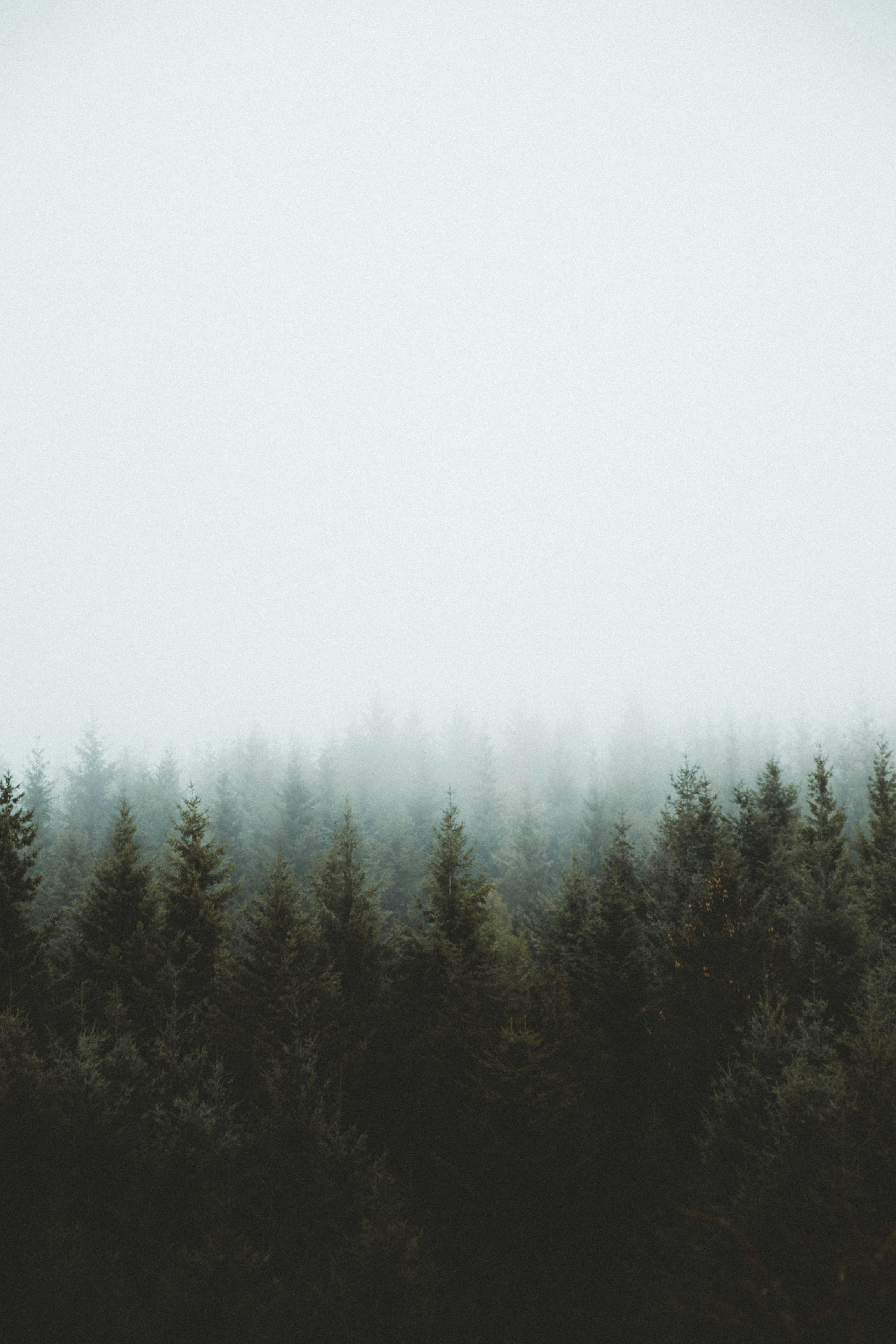
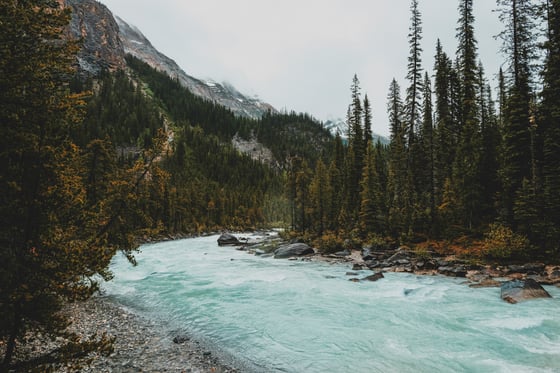
Yoho National Park
Though smaller than its neighboring parks, Yoho packs in incredible natural wonders. The word "Yoho" is a Cree expression of awe, and you'll understand why when you see its vertical rock walls, powerful waterfalls, and pristine alpine lakes.
Key Attractions:
- Emerald Lake
- Natural Bridge
- Takakkaw Falls
- Lake O'Hara (reservation required)
- Burgess Shale Fossil Beds
Tip: Lake O'Hara requires reservations months in advance - book the shuttle as soon as the reservation system opens.
Kootenay National Park
Stretching from the Columbia Valley to the Rocky Mountain range, Kootenay offers a diverse landscape of canyons, waterfalls, glaciers, and mineral hot springs. It's generally less visited than the other parks, providing a more peaceful experience.
Key Attractions:
- Radium Hot Springs
- Marble Canyon
- Paint Pots
- Stanley Glacier
- Kootenay Valley Viewpoint
Tip: Combine a hike to Marble Canyon with a visit to the Paint Pots for an excellent half-day activity.
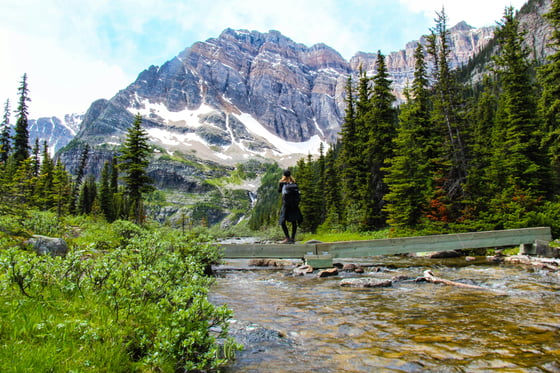
Seasonal Guide
What to expect during different seasons in the Canadian Rockies
Summer (June-August)
Peak season with ideal conditions for most activities. Daytime temperatures average 18-22°C (65-72°F).
- Pros: All trails and attractions open, long daylight hours, warm weather
- Cons: Crowded, expensive accommodations, parking challenges at popular attractions
- Activity Focus: Hiking, paddling, wildlife watching, camping
- Special Events: Canada Day celebrations (July 1), Banff Summer Arts Festival
Fall (September-October)
A magical time with changing colors and fewer crowds. Temperatures range from 5-15°C (41-59°F).
- Pros: Fall foliage, fewer tourists, better wildlife viewing, lower rates
- Cons: Shorter days, possibility of early snow, some high-elevation trails close
- Activity Focus: Photography, scenic drives, hiking, wildlife watching
- Special Events: Banff Centre Mountain Film Festival (early November)
Winter (November-March)
A winter wonderland with snow-covered peaks. Temperatures range from -15 to 0°C (5-32°F).
- Pros: World-class skiing, winter scenery, northern lights potential, lower rates
- Cons: Cold temperatures, limited daylight, some road closures
- Activity Focus: Skiing/snowboarding, ice skating, snowshoeing, hot springs
- Special Events: SnowDays Festival (January), Ice Magic Festival (Lake Louise)
Spring (April-May)
A transitional season with melting snow and emerging wildlife. Temperatures range from 0-15°C (32-59°F).
- Pros: Fewer crowds, wildlife viewing, lower rates, snowcapped mountains
- Cons: Unpredictable weather, muddy trails, some attractions still closed
- Activity Focus: Lower elevation hiking, waterfall viewing, wildlife watching
- Special Events: Banff Yoga Festival (May), Spring Festival (Canmore)
The Weather Factor
Weather in the Canadian Rockies can be unpredictable and can change quickly due to the mountain environment. Some key points to remember:
- Mountain weather can vary dramatically even within short distances
- Always check the forecast before heading out, especially for hiking or outdoor activities
- Afternoon thunderstorms are common in summer, especially at higher elevations
- Snow can fall at any time of year at higher elevations
Staying Longer?
Must-do experiences for those who want to explore post-trip!
⛰️ Hiking
The Canadian Rockies offer world-class hiking for all skill levels. From easy lakeshore strolls to challenging summit scrambles, the trail system is extensive and well-maintained.
- Beginner: Johnston Canyon, Peyto Lake Overlook, Bow River Loop
- Intermediate: Plain of Six Glaciers, Sulphur Mountain, Grassi Lakes
- Advanced: Sentinel Pass, Skyline Trail, Mount Temple
🧭 Scenic Drives
Some of the most spectacular scenery in the Rockies can be enjoyed from your vehicle on these legendary routes.
- Icefields Parkway: 232km connecting Lake Louise and Jasper - one of the world's most scenic drives
- Bow Valley Parkway: Wildlife-rich alternative route between Banff and Lake Louise
- Moraine Lake Road: Access to the iconic Valley of Ten Peaks (seasonal)
- Lake Minnewanka Scenic Drive: Beautiful lake views and wildlife watching
📸 Photography Spots
Capture the magic of the Canadian Rockies at these photogenic locations.
- Sunrise: Moraine Lake, Two Jack Lake, Mt. Norquay Lookout
- Sunset: Vermilion Lakes, Lake Louise, Pyramid Lake
- Wildlife: Bow Valley Parkway, Maligne Lake Road, Minnewanka Loop
- Night Sky: Peyto Lake, Lake Minnewanka, Medicine Lake (Jasper)
🍽️ Culinary Experiences
The Canadian Rockies offer more than just natural beauty - the food scene is also worth exploring!
- Banff: The Bison, Park Distillery, Juniper Bistro
- Lake Louise: Fairview Bar & Restaurant, Alpine Social
- Canmore: The Grizzly Paw Brewing, Communitea Café, Rocky Mountain Flatbread
- Jasper: Evil Dave's Grill, Jasper Brewing Co., The Raven Bistro
Wildlife Safety
The Canadian Rockies are home to incredible wildlife including bears, elk, moose, and more. Follow these guidelines to stay safe:
- Bear Safety: Carry bear spray and know how to use it. Make noise while hiking, especially in dense vegetation or near streams.
- Keep Distance: Stay at least 100m (330ft) from bears and wolves, and 30m (100ft) from all other wildlife.
- Food Storage: Never leave food or scented items unattended. Use designated food storage lockers at campgrounds.
- Wildlife Jams: If watching wildlife from your vehicle, pull completely off the road and stay in your car.
Remember: It's illegal to feed, touch, or harass wildlife in national parks. Violations can result in fines up to $25,000 CAD.
Tipping
Tipping Suggestions: Tips for guides, drivers and restaurants are not included. Tips provide supplemental income, and, while not mandatory, are greatly appreciated. If the local teams have added to the experience, please reward them.
| Guides | USD $10-15 per person/per day | |
| Drivers | USD $10-15 per person/per day |
